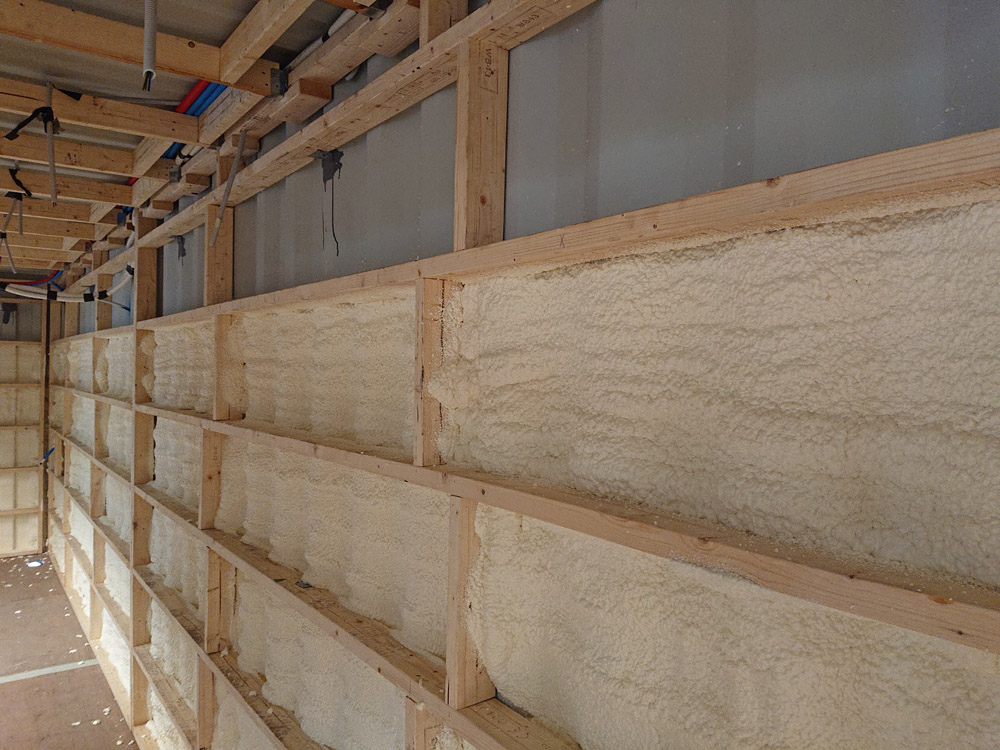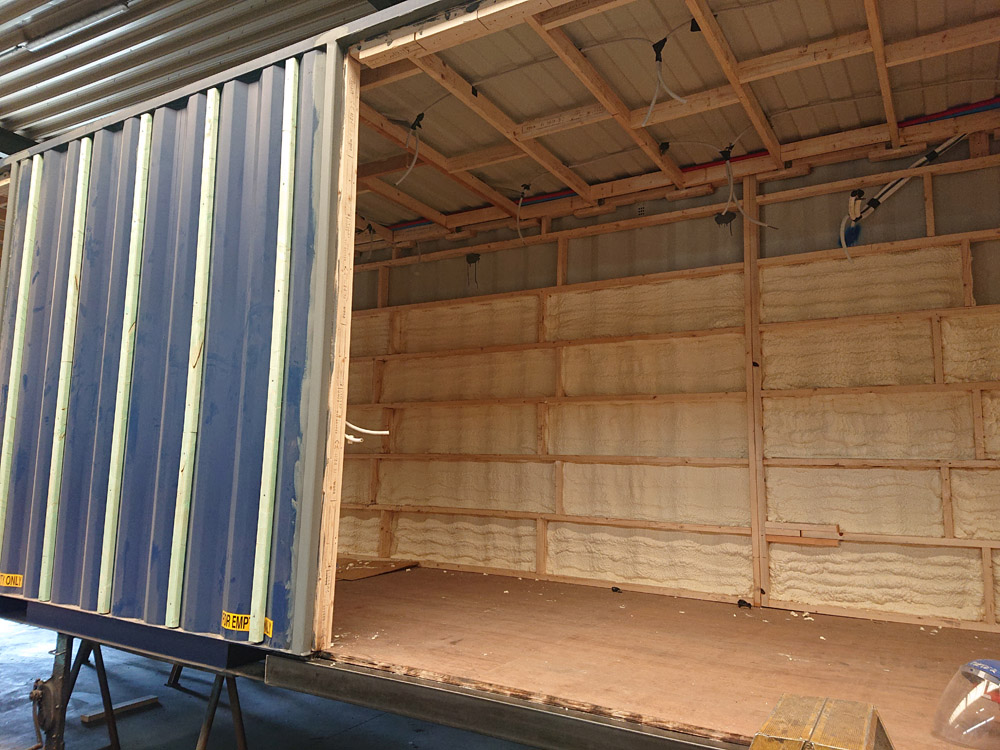CONTAINER INSULATION
Our insulation foam sets can be used for two purposes: avoiding condensation on the container walls, or insulating the container. When insulating a container, you decide on the thickness of the insulation layer. If you only want to avoid condensation on the steel walls, a layer of 2-3 centimetres is sufficient. If you want to insulate the container, a thicker layer must be applied. Because our insulation foam is a closed-cell foam, the foam does not absorb moisture. The foam and the container form a hermetic whole.
Modular construction, home office, tiny houses, technical containers,…are some examples where sprayfoam is used to insulate containers. Also, the insulation foam in used in harbours to inject double-walled refrigerated containers.
Advantages
- high insulation value (0,022 W/mK)
- airtight
- watertight
- fast & easy solution
- sustainable HFO sprayfoam
- do-it-yourself solution

Container house

Pool house
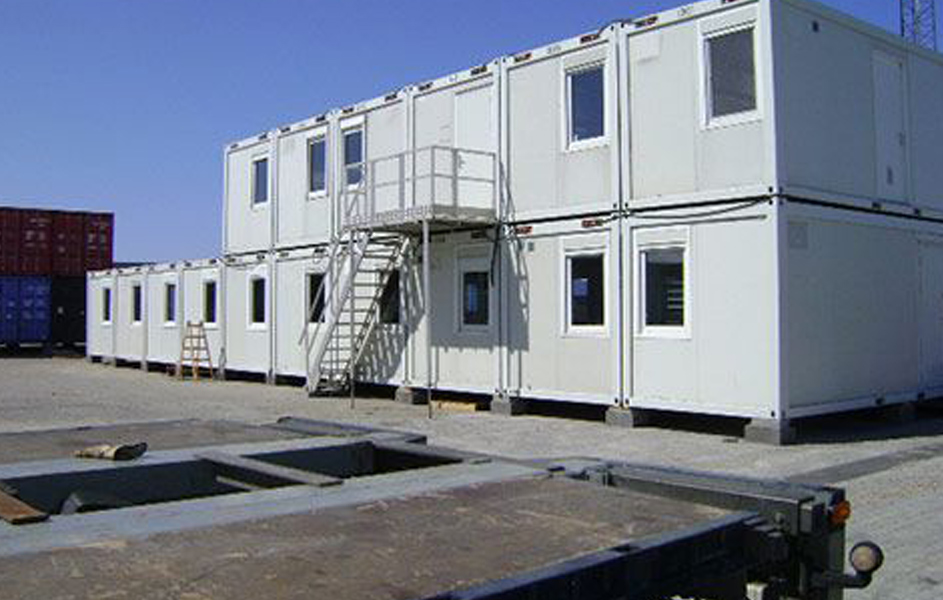
Modular construction
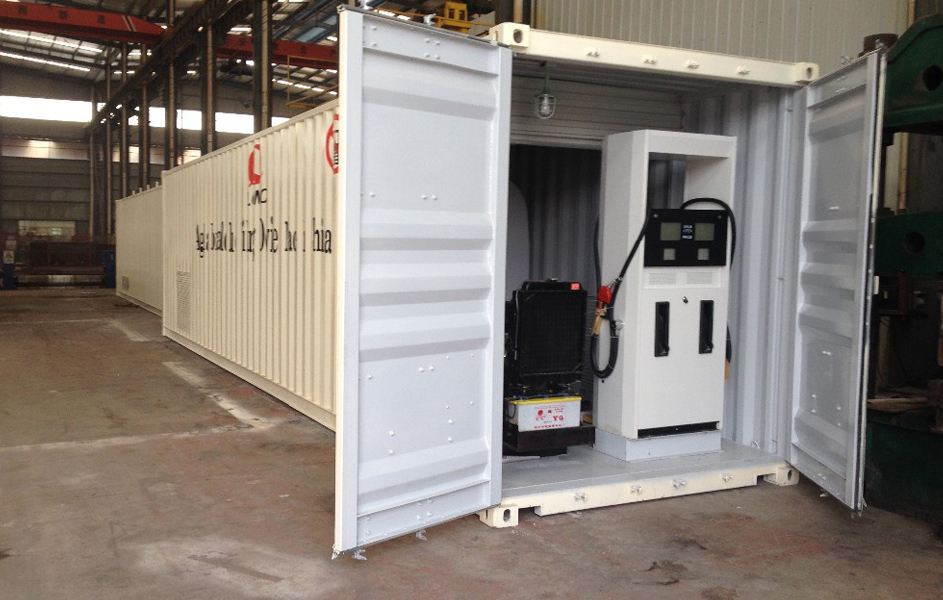
Technical container
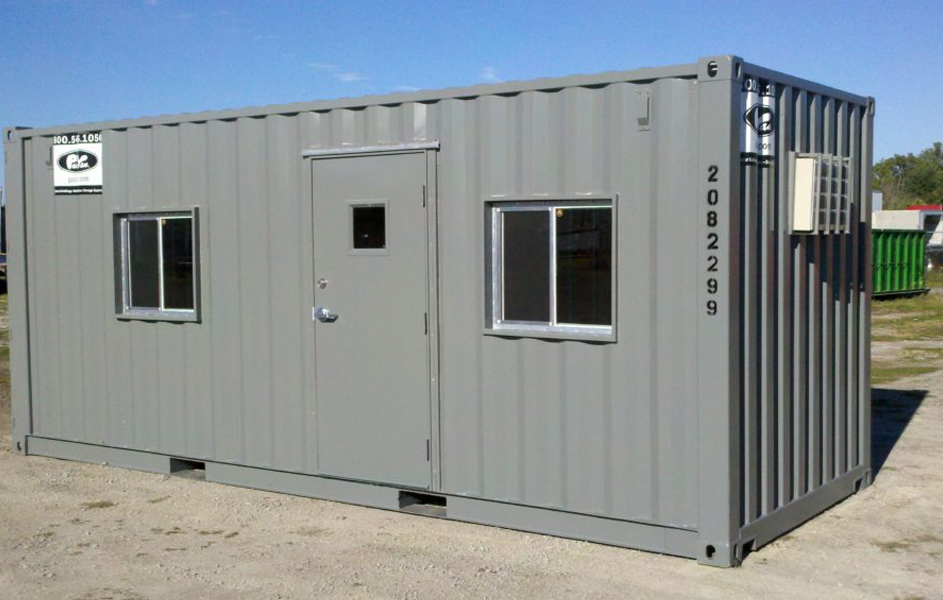
On-site office

Catering container
step by step
How to insulate a container?
1. Calculation of the surface
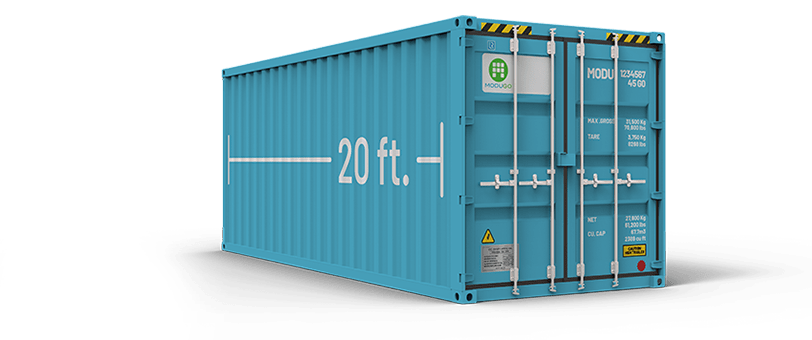
DIMENSIONS 20FT CONTAINER
> length: 6,06 meter
> width: 2,44 meter
> height: 2,59 meter
TOTAL SURFACE TO SPRAY
> walls only: 44 m²
> floor and roof: 30 m²
walls, floor & roof: 74 m2
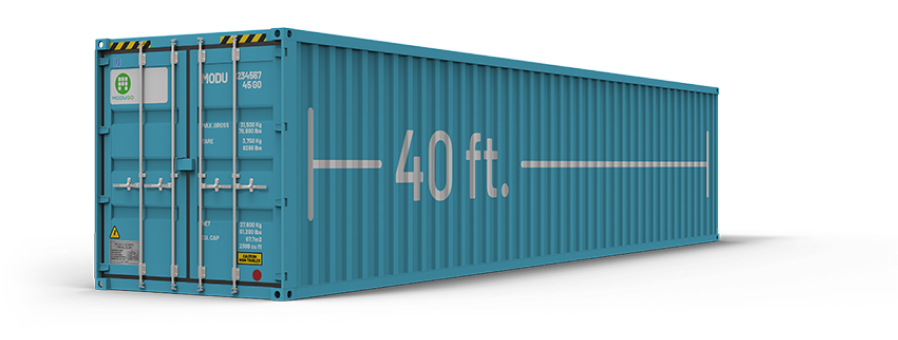
DIMENSIONS 40FT CONTAINER
> length: 12,02 meter
> width: 2,44 meter
> height: 2,59 meter
TOTAL SURFACE TO SPRAY
> walls only: 76 m²
> floor and roof: 60 m²
walls, floor & roof: 136 m2
Given the corrugated walls (sandwich panels), ± 20% more surface area should be taken into account. So 74 m2 for a 20ft container becomes 89 m2 to be taken into account in the calculation.
From surface in m2 to volume in m3
To calculate the volume of foam needed, we must multiply the surface by the wanted thickness. For example, when we have 40 m2 to insulate and we want 8 cm of insulation foam, we multiply 40 x 0,08 so we need 3,2 m3 of insulation foam.
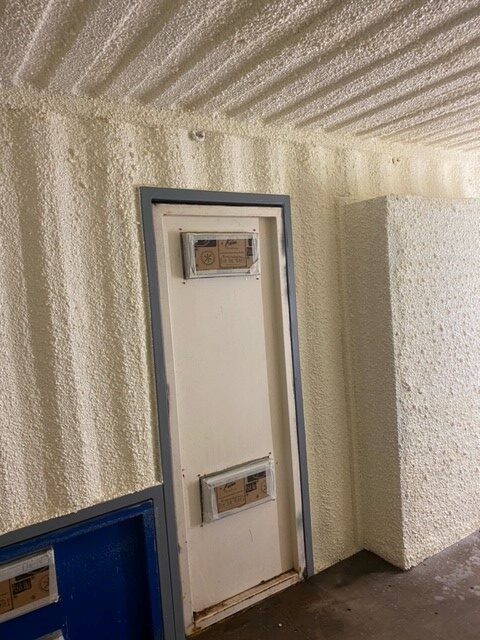
2. Which products do you need?
As we are spraying inside the container, and thus a rather small space, we prefer to work with a sprayfoam that is giving the minimum of atomisation so we can work properly and in a clean way. At Fomicom, we offer low pressure foam kits, such as Froth-Pak that comes in different sizes, depending on the needed volume. These insulation kits are very easy-in-use and can be used by any professional.
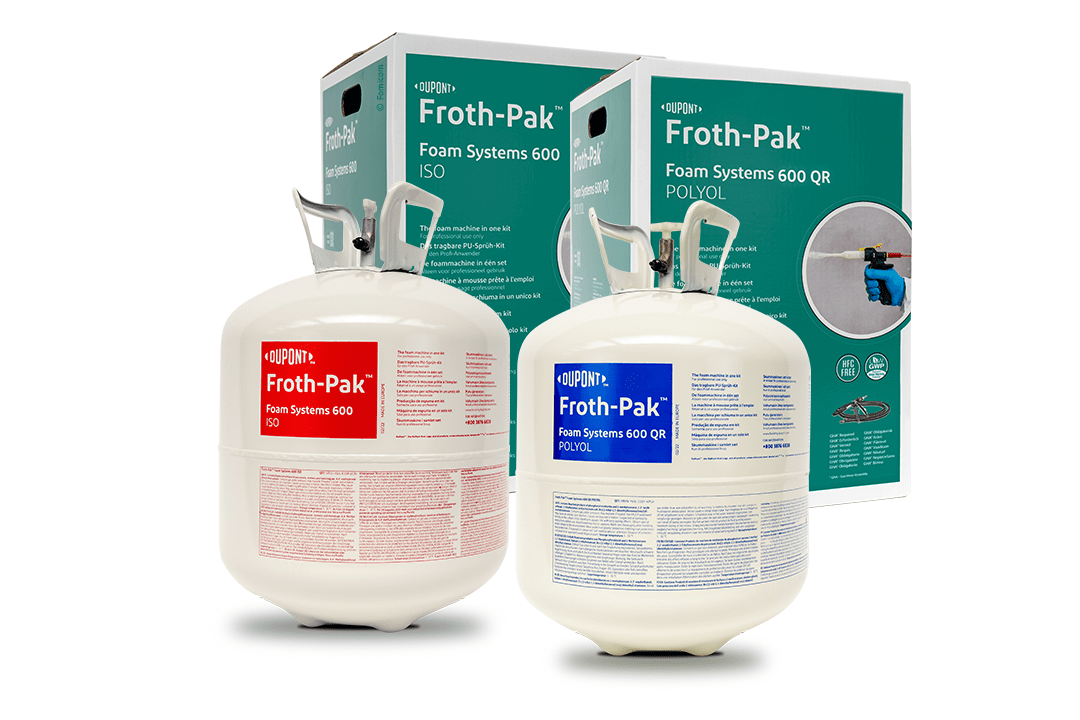
CALCULATOR
- fill in this form and we will send your custom offer -
Or contact us directly at:
Get your price offer
FOR 89 m² WITH 5 CM THICKNESS
4 x Froth-Pak 600 foamset
1 x GHA 15 ft
1 x nozzles (25 pack)
1 x PU cleaner
1 x vaseline spray
2 x heating jacket

3. Preparation of the container
When applying the insulation foam, it is important that the container walls are dry and grease-free. This is to ensure perfect adhesion. While PUR foams (from the DIY market) usually need moisture to get the chemical reaction going, with Froth-Pak this is just the opposite.
Drying the surface is therefore very important. This can be done using a cloth, or by heating the interior of the container with, for instance, an electric heater. A second point of attention here is that the interior as well as the surface to be sprayed should be above 5°C. That way, you will achieve perfect adhesion.
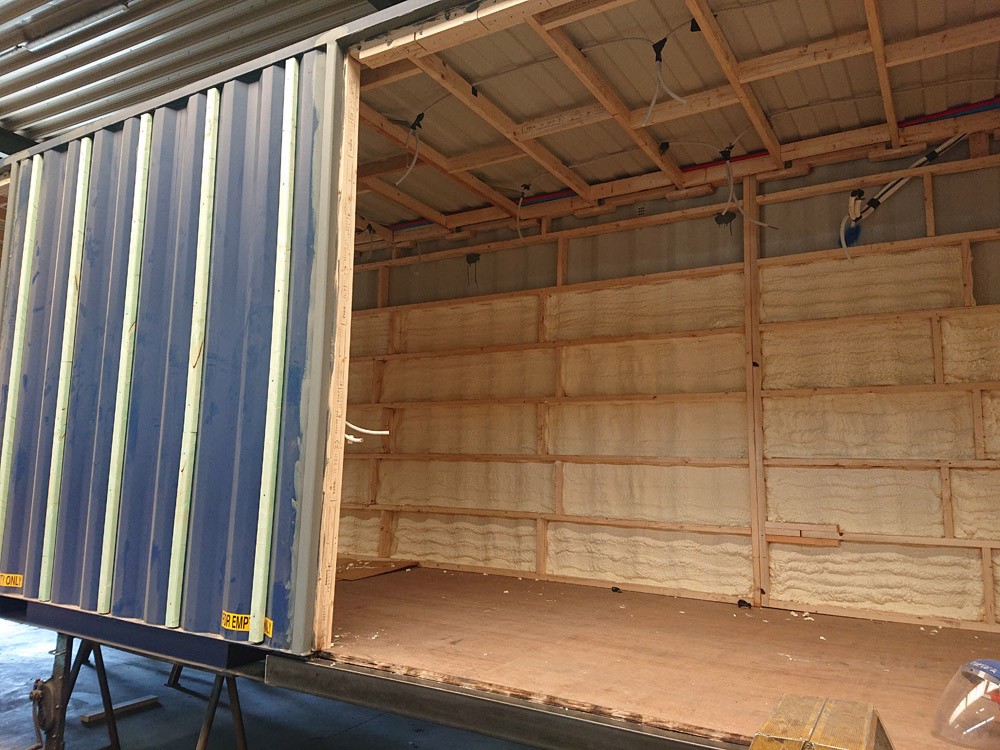
4. Working method
In case of condensation, 2-3 cm is sufficient to completely cover the metal. If you want to insulate, a thicker layer must be applied. A thickness of, say, 8 cm should be applied in 2 separate layers, with the first layer hardening after about 5 minutes. As soon as you can touch the foam without it still sticking to your glove, another layer can be applied. When you have reached the desired thickness, the foam can be cut or sanded as desired. Additional coating is also an option.




How to use the foamkit?
The Fomicom foamkits are very easy to use. Any professional or company can use it wherever they want, and when they want. After heating the cilinders for some hours to at least 24°C, the hoses are connected to the cilinders. The valves can now be opened completely to supply an equal flow of both components. For first use, or after a few days of standstill you must flush the system. To do so, simply pull the trigger full force in a waste bin for a couple of seconds. Clean the gun with PU cleaner and apply a layer of vaseline to extend the lifetime of the gun. Click a nozzle to the gun, and spray a sample.
Fur full instructions, download our printable instructions pdf here, or watch our instruction video below. Fomicom supplies adequate training for every professional who wants to work with the foamkits. A training certicate is provided by Fomicom.

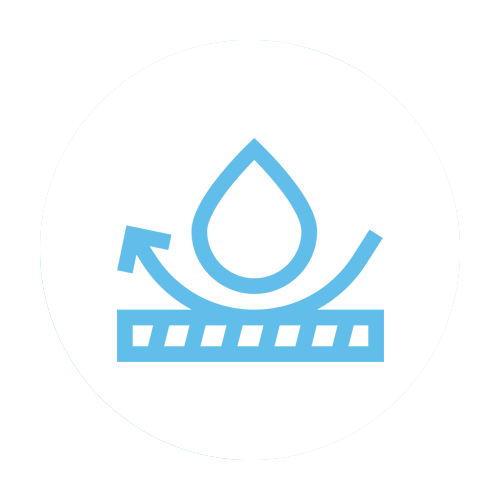
Waterproof insulation foam
It is important to know that there are two types of PUR foam. Open-celled, and closed-celled. In case of open-celled, moisture can be absorbed into the foam, so we want to avoid this. Therefore, when insulating a container, it is better to opt for closed-cell foam such as Froth-Pak. As the name closed-celled indicates, this insulation foam is chemically composed of millions of individually sealed cells into which moisture cannot enter.
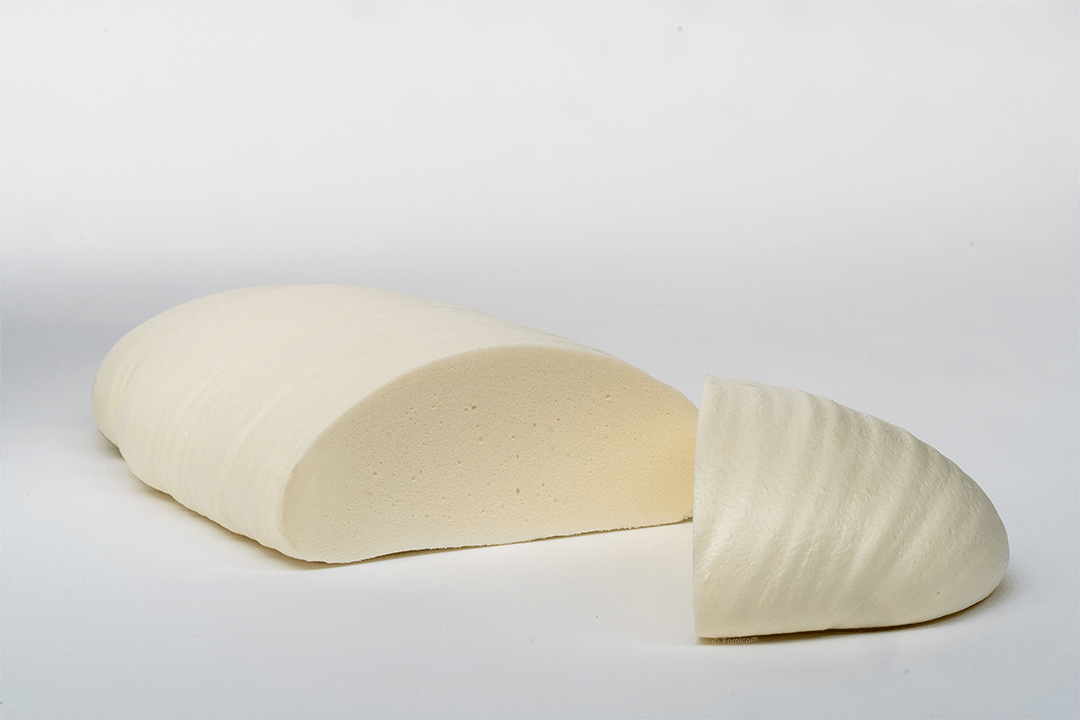
REFRIGERATED CONTAINERS
Reefer repair
Refrigerated containers need to be repaired often due to the damage they suffer during their transit. Once the damaged piece of the container has been struc- turally repaired, the polyurethane foam is injected and the container is once again available for transport. The portable refillable PU foam kits in cylinders are ide- ally suited for small to medium repairs. Via injection points it is possible to spray insulation foam into the double wall cavity, leading to the creation of a seamless, watertight and condensation-free insulation. Fomicom foams also helps to contribute to the general structural reinforcement of the container.
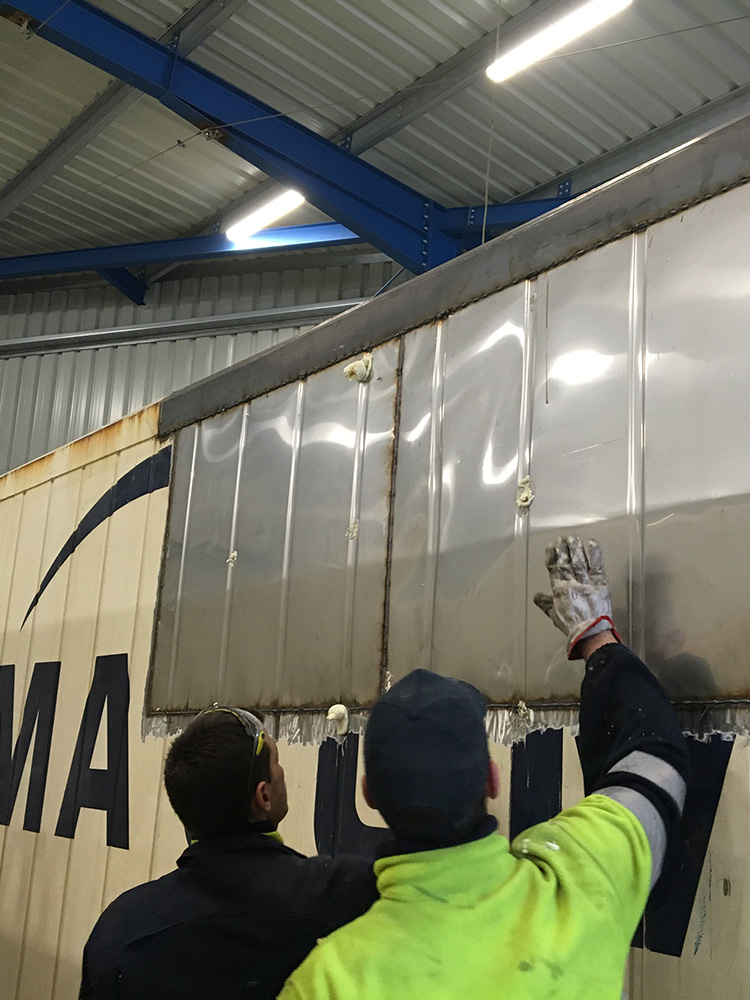
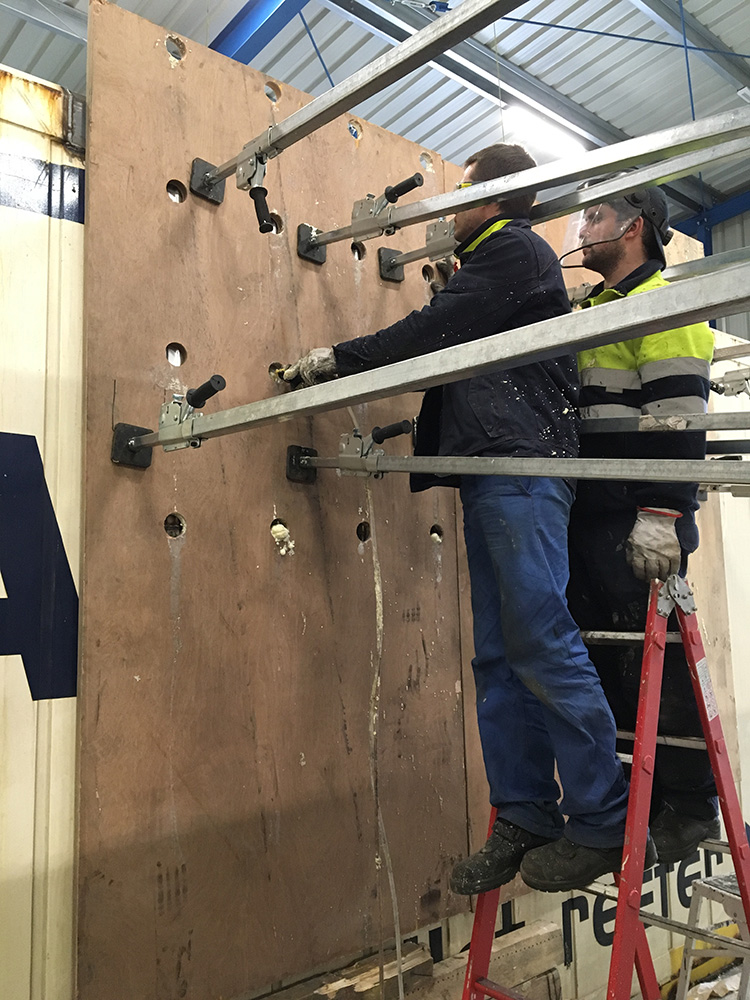
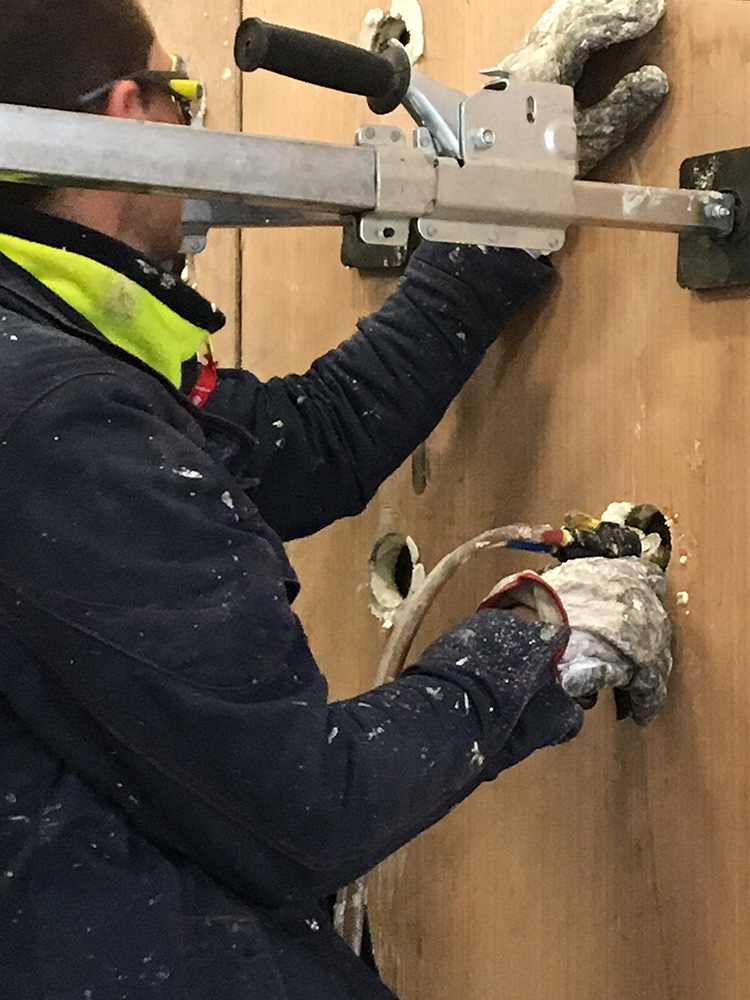
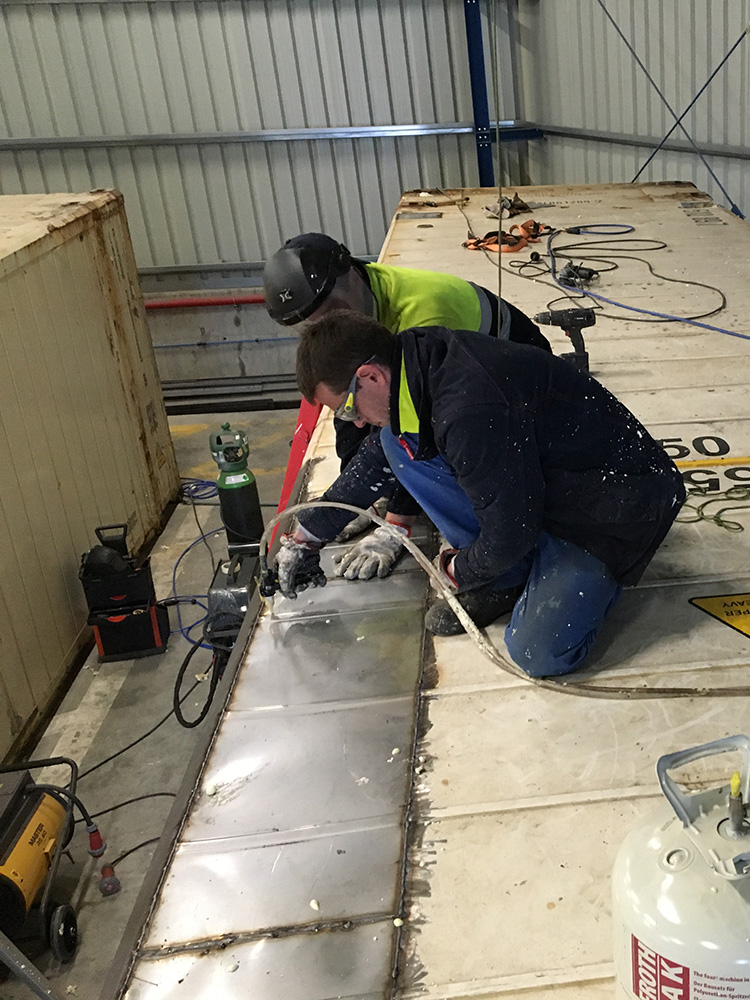
Subscribe to our Newsletter.
